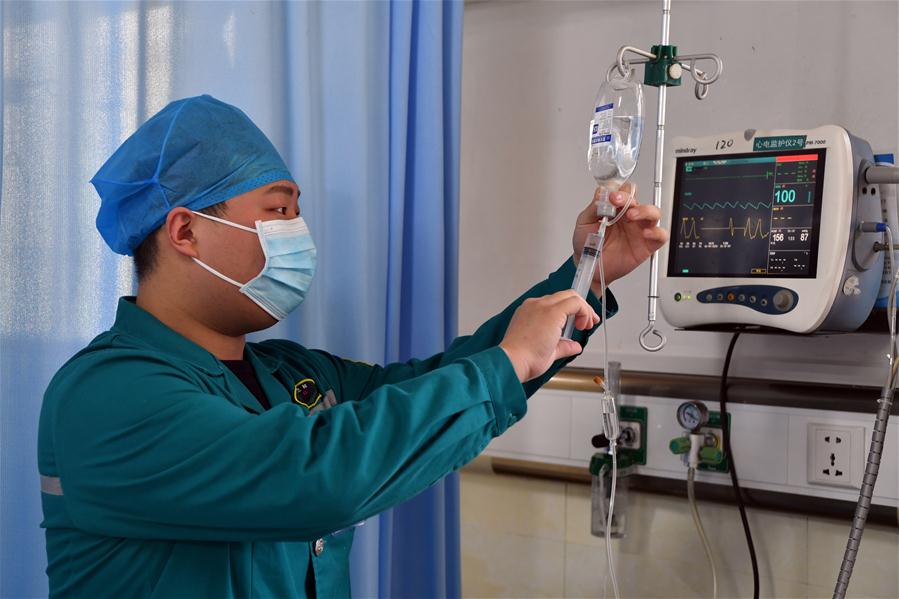

China has shared its experience in prevention and control of the novel coronavirus disease (COVID-19) with more than 100 countries, as numbers of infection cases continue to grow around the world, a Chinese epidemiology expert said at a recent press conference.

(Photo/Xinhua)
Chinese experience emphasizes the core effect of separating susceptible people from sources of infection, said Wu Zunyou with the Chinese Center for Disease Control and Prevention at the press conference.
"China's epidemic control work mainly focuses on three aspects: tight control of the infection source, breaking the chain of transmission and protecting the susceptible population," said Wu.
Detecting infected people, keeping them in quarantine and giving them medical treatment have effectively controlled the source of infection in China, said Wu.
To cut the chain of transmission, Wu stressed the importance of wearing face masks, washing hands and ensuring good ventilation. The novel coronavirus is highly infectious at the end of its latent period and in the early stages of clinical symptoms, which is why healthy people are asked to wear masks.
China also prolonged the Spring Festival holiday and encouraged people to keep a certain distance from each other to protect the susceptible population, he said.
Meanwhile, it is important to use different treatments for patients with different conditions. Specifically, patients with mild symptoms should be kept in quarantine and monitored for any change in their condition, while severe and critical cases need to be treated promptly in medical institutions.
If these measures aren’t taken, those with mild symptoms may take up too many medical resources and prevent severe patients from receiving timely treatment, said Wang Guiqiang, a chief physician of infectious disease at the Peking University First Hospital.
As the novel coronavirus mainly attacks the lungs of patients, oxygen therapy and respiration assistance are essential in treating pneumonia patients.
 Fire brigade in Shanghai holds group wedding
Fire brigade in Shanghai holds group wedding Tourists enjoy ice sculptures in Datan Town, north China
Tourists enjoy ice sculptures in Datan Town, north China Sunset scenery of Dayan Pagoda in Xi'an
Sunset scenery of Dayan Pagoda in Xi'an Tourists have fun at scenic spot in Nanlong Town, NW China
Tourists have fun at scenic spot in Nanlong Town, NW China Harbin attracts tourists by making best use of ice in winter
Harbin attracts tourists by making best use of ice in winter In pics: FIS Alpine Ski Women's World Cup Slalom
In pics: FIS Alpine Ski Women's World Cup Slalom Black-necked cranes rest at reservoir in Lhunzhub County, Lhasa
Black-necked cranes rest at reservoir in Lhunzhub County, Lhasa China's FAST telescope will be available to foreign scientists in April
China's FAST telescope will be available to foreign scientists in April "She power" plays indispensable role in poverty alleviation
"She power" plays indispensable role in poverty alleviation Top 10 world news events of People's Daily in 2020
Top 10 world news events of People's Daily in 2020 Top 10 China news events of People's Daily in 2020
Top 10 China news events of People's Daily in 2020 Top 10 media buzzwords of 2020
Top 10 media buzzwords of 2020 Year-ender:10 major tourism stories of 2020
Year-ender:10 major tourism stories of 2020 No interference in Venezuelan issues
No interference in Venezuelan issues
 Biz prepares for trade spat
Biz prepares for trade spat
 Broadcasting Continent
Broadcasting Continent Australia wins Chinese CEOs as US loses
Australia wins Chinese CEOs as US loses